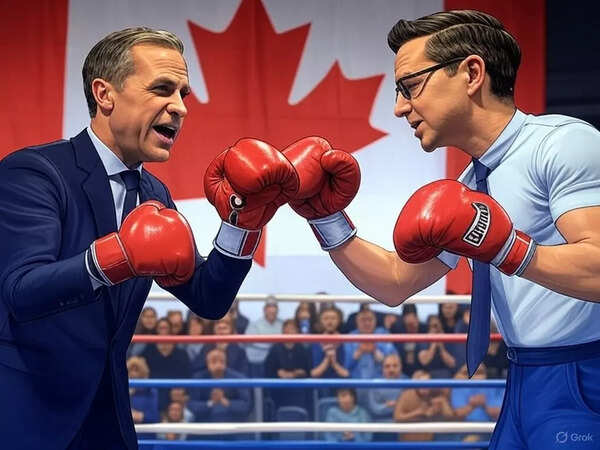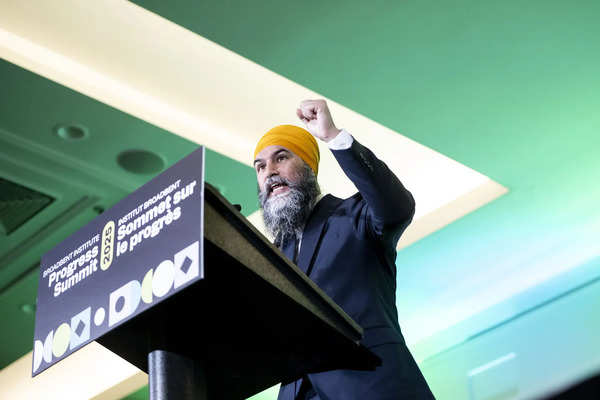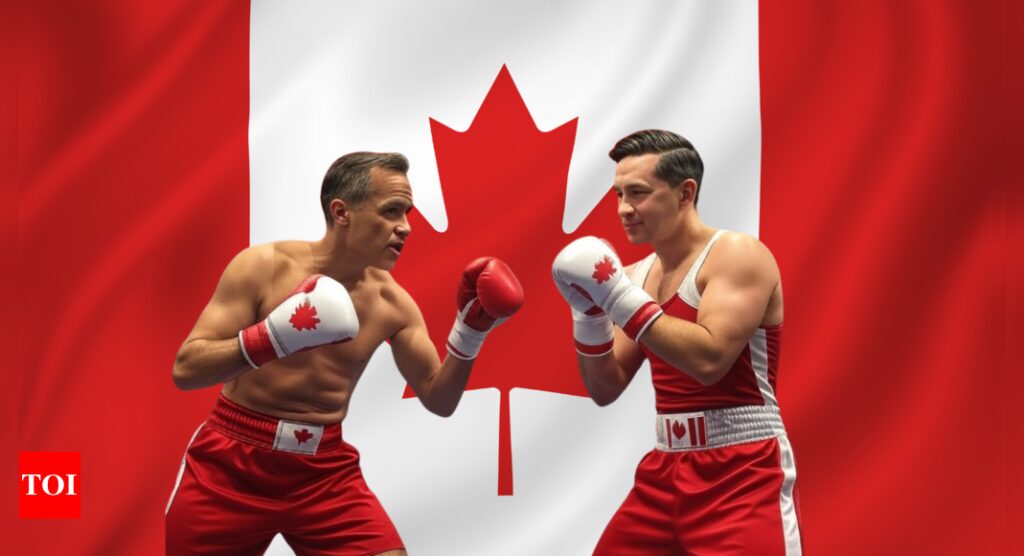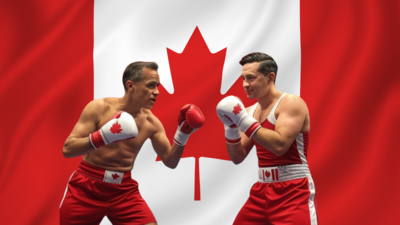Canada heads to the polls on April 28, 2025, for a federal election that could reshape the country’s political landscape. For those new to Canadian politics—or just looking for a refresher—this is your crash course. From how the system works to who the key players are and what’s at stake, here’s everything you need to know about the Canadian election, served up without jargon or political spin.
The System: Westminster, but Make It Canadian
Canada is a parliamentary democracy and constitutional monarchy. That means the ceremonial head of state is King Charles III, represented domestically by the Governor General. The real power, however, lies with the Prime Minister, who leads the government and must have the support of the House of Commons, Canada’s lower chamber of Parliament.
The House of Commons currently has 343 seats (each one representing a riding, or electoral district). Canadians don’t vote directly for the Prime Minister—they vote for their local MP. The party that wins the most seats typically forms the government. If they win 172 or more, that’s a majority. Anything less, and it’s a minority government, requiring cooperation from other parties to pass legislation and survive key votes.
While elections are generally held every four years, they can be called early. That’s what happened here. In March 2025, Prime Minister Mark Carney asked the Governor General to dissolve Parliament, triggering a snap election barely a month later. Carney, who only recently took the reins of the Liberal Party, wants a fresh mandate as Canada grapples with economic turbulence, an affordability crisis, and rising tensions with its southern neighbour.
The Big Players: Who’s Who in Canadian Politics
Canada’s multi-party system means more than two options on the ballot. Here’s a breakdown of the major parties and their leaders:

Mark Carney (Liberal Party)
A former central banker turned politician, Carney became Prime Minister in March 2025 after Justin Trudeau stepped aside. He’s positioning himself as the adult in the room—steady hands in turbulent times. The Liberals are pitching economic stewardship, progressive social policies, and climate leadership. Carney’s campaign slogan? “Strong leadership for uncertain times.”
Pierre Poilievre (Conservative Party)
Combative and populist, Poilievre has built his brand on railing against high taxes, inflation, and Liberal elitism. He’s promised to “axe the tax” (referring to the carbon tax), fix the housing crisis, and cut government waste. A former minister under Stephen Harper, Poilievre is aiming to finally bring the Conservatives back to power after nearly a decade in opposition.
Jagmeet Singh (NDP)

Canada NDP Leader Jagmeet Singh gives remarks at the Broadbent Institute’s 2025 Progress Summit during a campaign stop in Ottawa, Canada, Friday, April 11, 2025. (Christopher Katsarov/The Canadian Press via AP)
Cool on TikTok and heavy on policy, Singh leads the leftist New Democrats. He’s promising a wealth tax, universal pharmacare, affordable housing, and expanded dental care. Singh held a kingmaker role in the last Parliament through a deal with the Liberals—now he wants to stand out on his own.
Yves-François Blanchet (Bloc Québécois)
Blanchet leads the Bloc Québécois, a Quebec-only party focused on defending provincial interests and cultural autonomy. Though they can’t form a federal government, they can influence one—especially in a minority scenario.
Elizabeth May (Green Party)
The Greens are back under Elizabeth May, their long-time leader, after a period of infighting. Their focus: climate change, democratic reform, and social equity. May has called for a “Green New Deal,” but with only two MPs in the last Parliament, they remain a minor voice.
Maxime Bernier (People’s Party)
The PPC is the right-wing populist party led by former Conservative cabinet minister Maxime Bernier. Though seatless, the PPC has carved out a niche railing against vaccines, immigration, and the carbon tax. Their presence could split the right-wing vote in key ridings.
The Issues: What Voters Care About in 2025
1. Affordability and Cost of Living
Food prices, rents, mortgage rates—everything’s gone up. The Conservatives blame “Justinflation” and promise tax cuts and regulatory reform. The Liberals tout child care deals, housing programs, and carbon rebates. The NDP blames corporate greed and wants windfall taxes on grocery chains. It’s the economy, again.
2. US Tensions and National Sovereignty
Donald Trump’s return to the White House has sparked a full-blown trade war with Canada. Tariffs on Canadian steel, lumber, and dairy have returned, and Trump has made bizarre remarks about Canada becoming the “51st state.” All major parties have condemned the comments. Carney wants a renewed mandate to take a firm diplomatic line. Poilievre accuses the Liberals of sleepwalking into economic warfare. Expect this issue to dominate the debates.
3. Healthcare and Pharmacare
Canada’s universal healthcare system is under strain. The Liberals are promising national pharmacare. The NDP say, “About time!” and want it done yesterday. Conservatives say better management, not more spending, is the key. Dental care and elder care are also hot topics.
4. Climate Change and Energy
Liberals support carbon pricing, clean tech investments, and gradual transition. Conservatives oppose the carbon tax and favour pipelines and natural gas exports. Greens and NDP want to ban new fossil fuel projects and redirect subsidies. It’s a clash between economic pragmatism and environmental urgency.
5. Housing
Canada’s cities are increasingly unaffordable. Conservatives promise to “build homes, not bureaucracy.” Liberals are offering housing accelerators and incentives. NDP backs public housing. Everyone agrees there’s a crisis—no one agrees on the cure.
How Voting Works: First-Past-the-Post
Canada uses the first-past-the-post system. Voters choose one candidate in their local riding. The candidate with the most votes—whether it’s 30% or 70%—wins. It’s simple but often criticised for distorting national results. A party can win more seats with fewer overall votes if their support is concentrated. That’s how the Liberals stayed in power in 2019 and 2021 despite losing the popular vote to the Conservatives.
Canada’s 343 ridings each elect one MP. The leader of the party with the most seats is usually invited by the Governor General to form a government. Majority governments are powerful and stable; minority ones must negotiate constantly to survive.
The Polls: Too Close to Call?
Recent polls show a tight race. Early 2025 had the Conservatives ahead. But Mark Carney’s arrival—and Trump’s trade war—has flipped momentum. The Liberals have pulled slightly ahead, hovering near 45% support. Conservatives are in the high 30s. The NDP has sagged to around 10%. The Bloc remains strong in Quebec. The Greens and PPC trail in single digits.
It’s shaping up to be a two-horse race. If the Liberals manage to turn that polling edge into seats, Carney could win a majority. But it’s still possible we’re headed for another hung Parliament—where deals, compromises, and backroom negotiations decide who rules.
What’s at Stake?
This election will determine who leads Canada through inflation, housing instability, a healthcare crunch, and a deteriorating relationship with the United States. It’s also a battle of ideas: government as a solution vs government as the problem; cooperation vs confrontation; climate leadership vs energy security.


